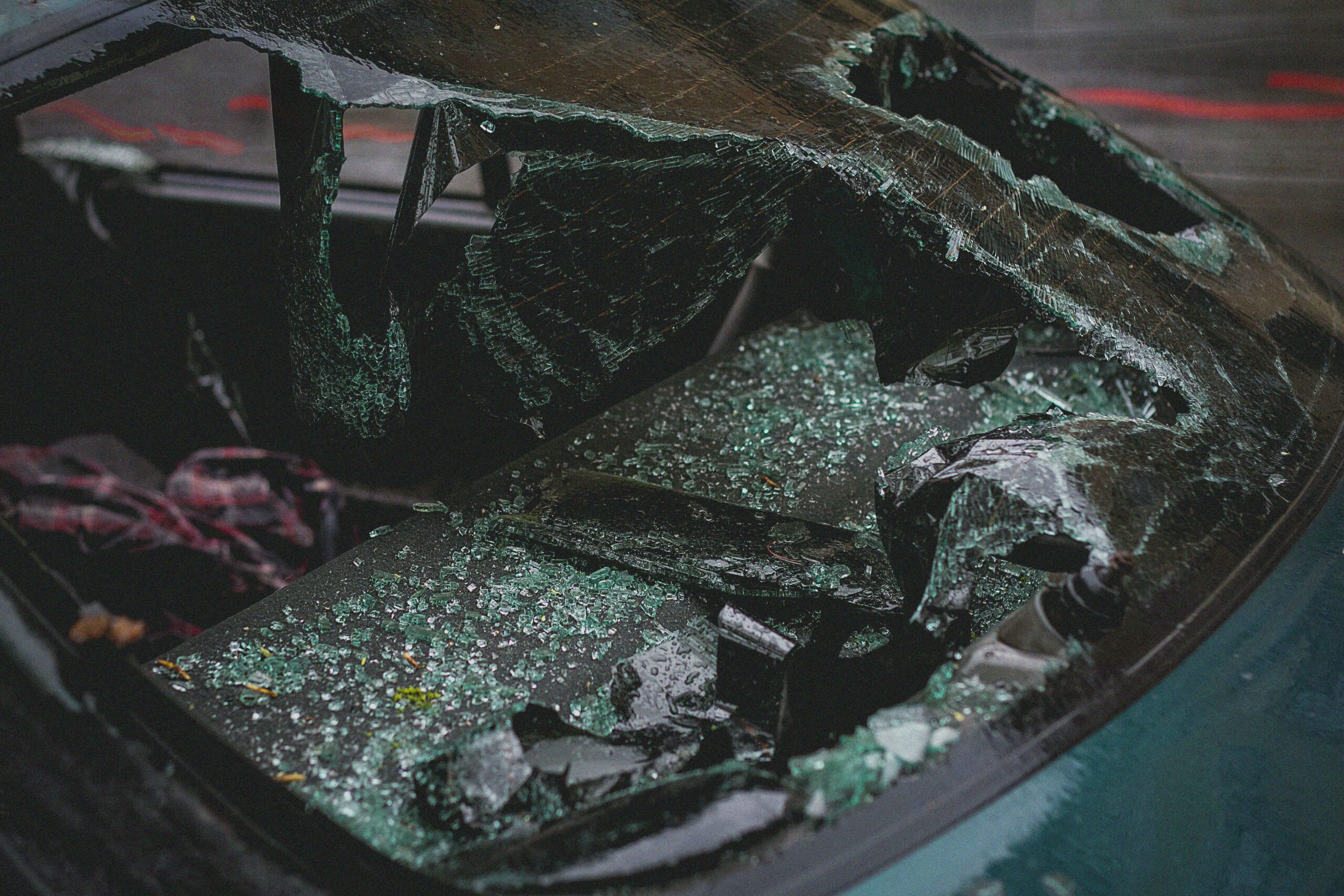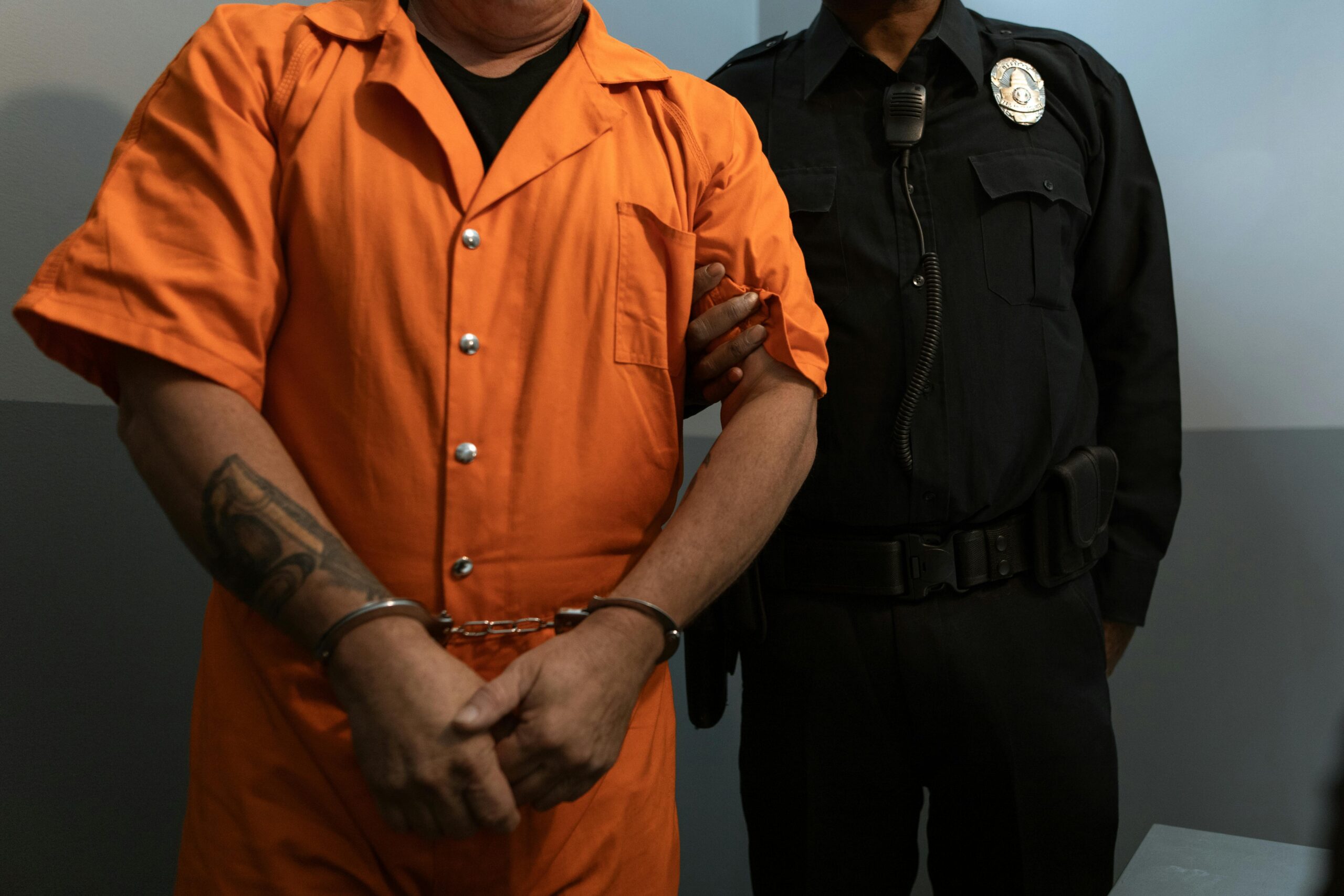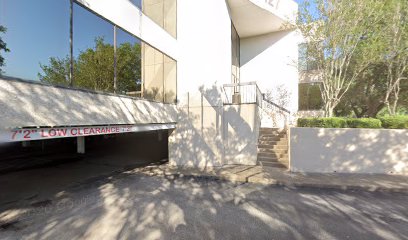All states require drivers to purchase automobile insurance and to maintain it without a lapse in coverage. Auto insurance is critical because it protects you and other drivers (and their passengers) if you ever cause a car accident. As a fault-based insurance state, if you are responsible for a car accident in Texas, you are liable for any damages that you cause. So, if you fail to have sufficient auto insurance coverage and you cause an accident, the injured parties can sue you for their damages, such as medical bills, pain and suffering, property damage, lost income, etc.
You Are Required to Have Liability Coverage
Like other states, Texas requires that all drivers have liability coverage at the bare minimum. However, if you have an auto loan and you still owe money on the loan, the lender will require that you also purchase collision and comprehensive coverage. There are eight types of auto insurance coverage in Texas, including:
- Liability coverage, which pays for the other driver’s (and their passengers) medical bills, vehicle repairs, and some other costs if you cause an accident.
- Collision coverage, which pays to replace or replace the policyholder’s vehicle after an accident.
- Comprehensive coverage, which pays if the policyholder’s vehicle is stolen, damaged by vandalism, a fire, or a flood, or something else other than a car accident.
- Medical payments, which pays the policyholder’s (or their passenger) medical bills.
- Personal Injury Protection (PIP), which is much like medical payments coverage. It pays for the policyholder’s or their passenger’s medical bills. It can also pay for lost income. All Texas auto insurance policies include PIP unless the policyholder rejects it in writing.
- Uninsured/underinsured motorist coverage covers the policyholder if they are hit by an uninsured or underinsured motorist. It also covers the policyholder in hit and run accidents.
- Towing and labor coverage covers the cost of towing if the policyholder’s vehicle cannot be driven. It also covers the labor for changing flat tires and jump-starting batteries.
- Rental reimbursement covers the costs of rental cars if the policyholder’s vehicle is stolen or damages in an accident.
It’s Wise to Buy More Liability Coverage
Under Texas law, drivers are required to have the minimum coverage, which is 30/60/25. That translates to $30,000 per person for injuries, $60,000 per accident total, and $25,000 for property damage. Is the minimum liability coverage enough? It may not be. If you cause an accident and there are multiple vehicles involved, or if you total someone else’s vehicle, the minimum limits may be too low to cover the damages for the injuries and property damage you caused. This means you could have to pay the rest out of your own pocket, and the driver could sue you. Our advice is to buy as much liability coverage that you can afford. Next: No-Doubt Liability Car Accidents








